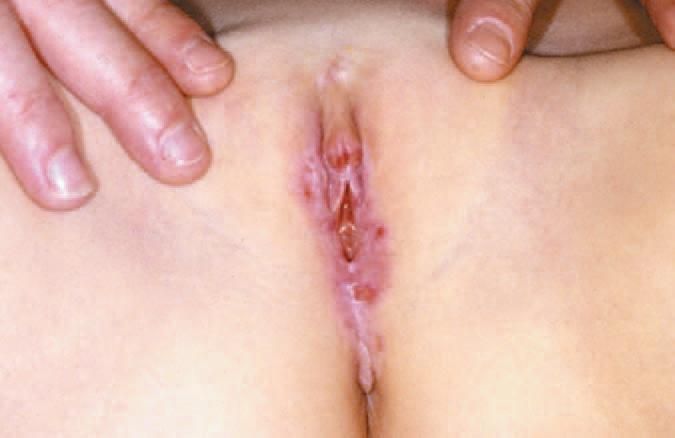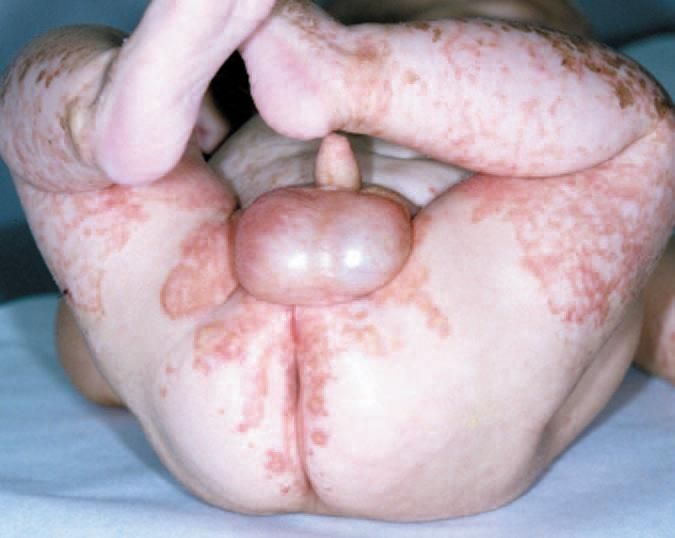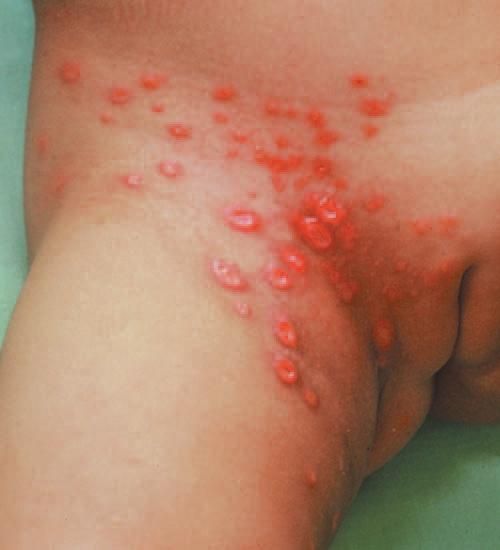Resistant "Diaper Rashes"
The photos presented this month reveal disease entities I have seen that did not respond to conventional therapy and that became resistant "diaper rashes." You may have seen some of these "bottoms" in previous issues of Consultant For Pediatricians. Next to each photograph, I have given several clues to the diagnosis. See if you can match these clues with the diagnostic choices listed below. You can check to see whether your diagnostic choices are correct on page 61.

Figure
Figure

Figure

Figure

Figure

FigureI always find it difficult to speak with pediatricians about diaper rashes. Pediatricians look after many more children with rashes in the diaper area than I do-and all have their own secret ways to treat these children.
The photos presented this month reveal disease entities I have seen that did not respond to conventional therapy and that became resistant "diaper rashes." You may have seen some of these "bottoms" in previous issues of Consultant For Pediatricians. Next to each photograph, I have given several clues to the diagnosis. See if you can match these clues with the diagnostic choices listed below. You can check to see whether your diagnostic choices are correct on page 61.
I hope you enjoy the diagnostic challenge.
A. Granuloma gluteale infantum
B. Acrodermatitis enteropathica
C. Psoriasis with pustules (Candida)
D. Histiocytosis X
E. Atopic eczema
F. Lichen sclerosus et atrophicus
Case 1:
- Yellow-red papules, some of which are eroded and/or purpuric
- Seborrheic dermatitis pattern elsewhere
- Recalcitrant lesions
Case 2:
- Depigmentation in a symmetric pattern about the vulva and perianal skin
- Erythema, erosions, and purpura
- Itching and pain in the vulvar area
Case 3:
- Severe "dermatitis" with erosions and pustules
- Peri-orificial distribution
- May be associated with diarrhea and failure to thrive
Case 4:
- Initial improvement with anti-candidal therapy
- Persistence of erythema and maceration about the vulva, perianal, and flexural skin
- Often associated with a family history of psoriasis
Case 5:
- Multiple red-brown papules and nodules, often eroded
- Prolonged use of mid-strength potent corticosteroids in the diaper area
- Spontaneous resolution once the corticosteroids are stopped
Case 6:
- Erythema with scaling on convex surfaces of the thighs and suprapubic skin
- Eczema elsewhere, but no pustules
ANSWERS
Case 1:
D, Histiocytosis X
Case 2:
F, Lichen sclerosus et atrophicus
Case 3:
B, Acrodermatitis enteropathica
Case 4:
C, Psoriasis with pustules (Candida)
Case 5:
A, Granuloma gluteale infantum
Case 6:
E, Atopic eczema
Recognize & Refer: Hemangiomas in pediatrics
July 17th 2019Contemporary Pediatrics sits down exclusively with Sheila Fallon Friedlander, MD, a professor dermatology and pediatrics, to discuss the one key condition for which she believes community pediatricians should be especially aware-hemangiomas.